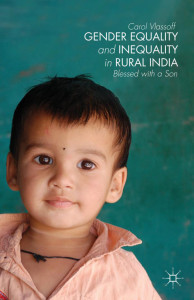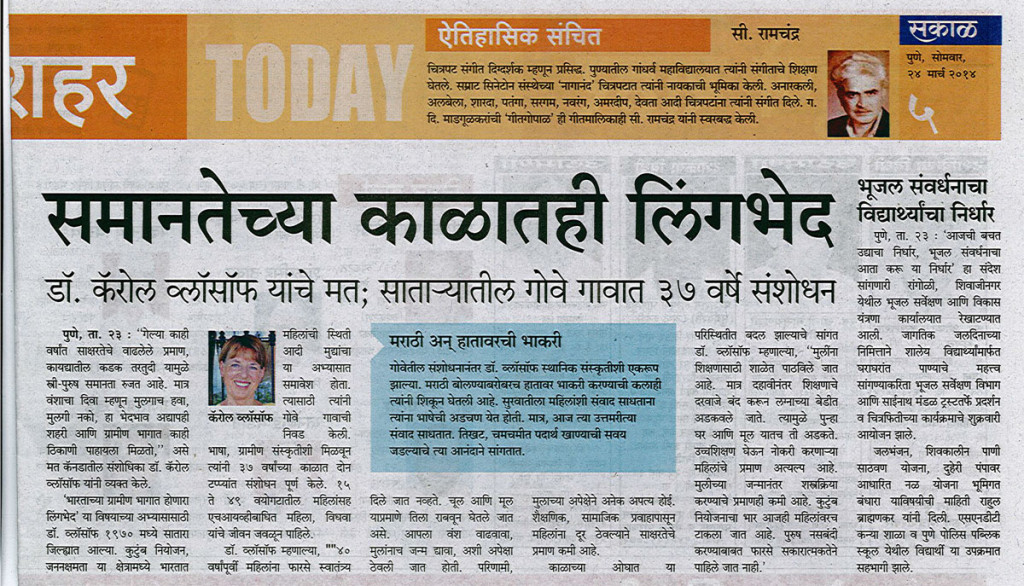This book focuses on son preference in rural India from an in-depth perspective spanning three study periods (1975-76, 1987 and 2007-08). It examines to what extent economic development has resulted in positive changes in women’s empowerment. This question is highly relevant today as India strives to improve overall social and economic conditions and gender relations through policies such as abolishing dowry, increasing the legal age at marriage and promoting educational opportunities for girls. Yet India is falling behind on key commitments, including the Millennium Development Goal targets, and ranked 105th out of 135 countries in the gender equality indicators cited in the Global Gender Gap Report of the 2012 World Economic Forum.
This study took place in a village in rural Maharashtra where impressive gains in economic development had occurred in recent decades, including the transformation of agriculture from subsistence to cash crops. Its favorable economic environment, coupled with progressive public policies, made this community an appropriate setting to examine how the traditional preference for sons was affected by these positive influences.



















 Keep reading…
Keep reading…

